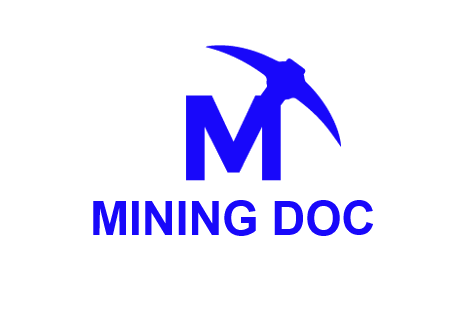The process of looking for signs of any mineralisation housed in the nearby rocks is known as mineral exploration. The fundamental idea is to create a geological picture by taking bits and pieces of geological data from several locations and projecting them over a broader area. Exploration proceeds in steps of increasing complexity. Cheaper, less sophisticated methods are used first, and if the knowledge obtained is economically significant, this justifies the use of more sophisticated (and costly) approaches later on. Finding adequately enriched ore deposits is quite uncommon, though, and most exploration efforts end after the first or first few stages.
The exploration pyramid consists of the following steps:
- Deskstudies & office-based research
- Geological mapping
- Soil sampling, stream sediments & ground-based geophysics
- Early-stage drilling
- Advanced-stage drilling
Geological mapping
All geological investigations, including those on geotechnical issues, groundwater, geohazards, mineral exploration, etc., are based on mapping. It is essential for creating the fundamental understanding of the geology of a region, with every future work step in that region building upon and referring to this initial stage. Prospecting will frequently be carried out concurrently with mapping that has a mineral exploration bias.
Soil sampling
The soil is made up of multiple layers, one of which ‘catches’ the metal ions that seep from the rocks beneath it and builds up a mineral-rich horizon. In order to examine the chemistry of the underlying geology, a 1 kilogram specimen is taken from this chosen stratum in the soil sample. This method is crucial for gathering data in the countryside where the rocks are covered in soil and vegetation because of the large areas of grassland and woodland that exist in Ireland.
Stream sediments
The idea behind this technique is that the sediment seen in stream beds is a result of rocks further upstream eroding. As a result, taking samples of this material at different sites can reveal information about the upland area’s geology, and doing chemistry tests can reveal whether any interesting metals may be present.
Drilling
The pinnacle of a mineral exploration expedition is drilling. Due to its high cost, this procedure will only be employed in a select few places that have shown a great deal of promise for minerals. But in a select few locations, drilling offers tangible proof of the underlying rock and serves to validate the hypotheses about the underlying geology that were generated using previous methods like soil sampling, etc. A crucial part of late-stage exploration projects is drilling.
Geophysical Method
While the aforementioned techniques examine the chemistry of the subsurface geology either directly or indirectly, geophysics is employed to analyse the physical characteristics of the rock. An exploration campaign can frequently compare and combine both geochemical and geophysical research because these approaches can provide an alternative perspective to any geological ideas. The processes of magnetic, electromagnetic, electrical resistivity, induced polarisation, seismic, and radiometric surveys are all described on this page.
Source
Geological Survey Ireland
Picture credit: istock






